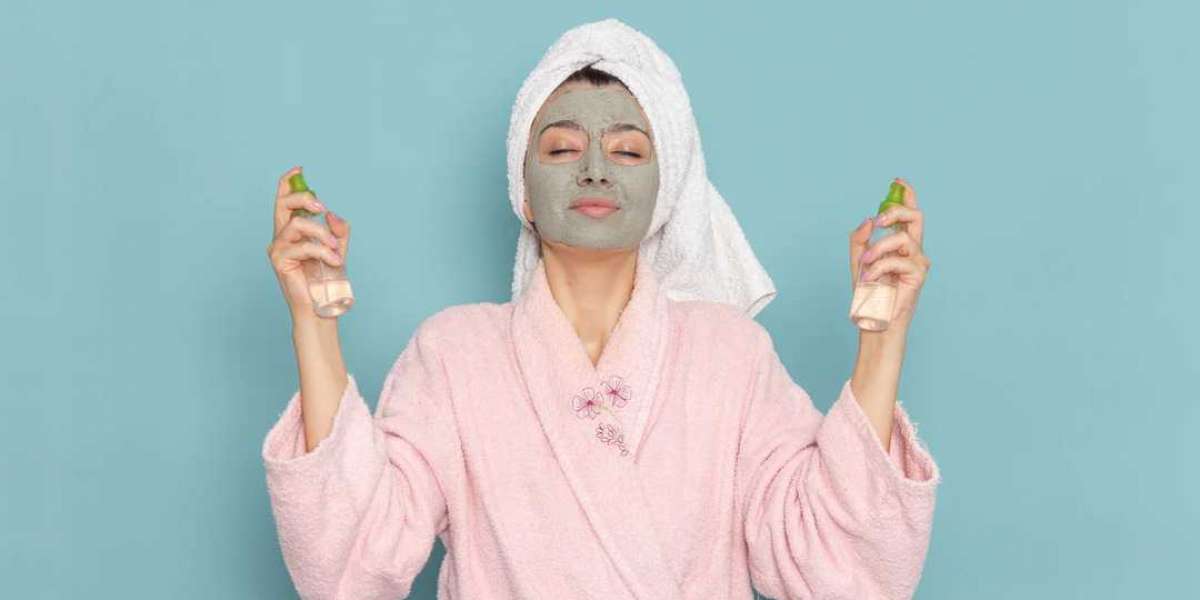When it comes to achieving radiant, healthy, and youthful skin, Japanese vs Korean skincare routine are two of the most praised beauty philosophies in the world. Their success stories have made waves globally, leading beauty enthusiasts to ask: Japanese vs Korean skincare – which is better for your skin? This question doesn’t have a one-size-fits-all answer, but by exploring the philosophies, routines, ingredients, and goals behind each approach, you can decide which one aligns better with your unique skin type and lifestyle.

Understanding the Core Difference
At the heart of both skincare routines is a shared commitment to skincare as an essential self-care practice. However, their approach is where they differ significantly.
Japanese Skincare Philosophy: Tradition, Simplicity, and Longevity
The Japanese skin care routine focuses on the long-term health of the skin. Inspired by centuries-old beauty rituals, J-beauty prioritizes gentle care, prevention, and natural elegance. You’ll find that Japanese skin care brands emphasize quality over quantity, using only essential products in a minimal number of steps.
Korean Skincare Philosophy: Innovation, Customization, and Immediate Results
In contrast, the Korean skin care routine is all about deep hydration, skin nourishment, and visible improvement. Known for its multi-step process, K-beauty empowers individuals to customize their skincare routine according to their skin’s needs, which may change daily or seasonally. This makes it especially appealing for skincare enthusiasts who enjoy experimenting.
Routine Comparison: Layering vs Streamlining
Japanese Skin Care Routine Highlights:
Fewer steps (usually 4–6)
Focus on cleansing, hydration, and UV protection
Prioritizes long-term skin maintenance
Emphasizes a smooth, matte complexion
Popular steps include oil cleansing, foaming wash, lotion (softener), serum, emulsion, and sunscreen
Korean Skin Care Routine Highlights:
Multiple steps (up to 10 or more)
Targets specific skin issues like acne, dullness, and fine lines
Advocates for deep hydration using layered products
Promotes a glowing, dewy finish
Includes double cleansing, toning, essence, serums, sheet masks, eye cream, moisturizer, and sunscreen
Both routines rely heavily on consistency and quality. However, Japanese or Korean skincare routine users will tell you the key is understanding what your skin truly needs rather than following trends blindly.
Ingredients: Traditional vs Trendsetting
Popular Japanese Ingredients:
Rice bran oil: For brightening and anti-aging
Green tea extract: Rich in antioxidants, calms inflammation
Camellia oil: Moisturizing and smoothing
Hyaluronic acid: Hydrating and plumping
Collagen: Promotes elasticity
These ingredients are commonly found in Japanese skin products, offering natural, time-tested solutions. If you're looking for holistic, gentle care, go for the best Japanese skin care products available, now even accessible through Japanese skin care products in India.
Popular Korean Ingredients:
Snail mucin: Repairs and hydrates
Centella asiatica: Soothes irritation
Propolis and fermented ingredients: For nourishment and radiance
Niacinamide: Brightens complexion
Peptides and ceramides: Strengthen the skin barrier
The Korean skincare vs Japanese skincare comparison in this area often comes down to innovation versus simplicity. K-beauty is more likely to include trend-driven ingredients, while J-beauty sticks to well-researched classics.
Texture and Finish: Matte vs Dewy
Another major difference is the skin finish each routine aims for.
Japanese skincare favors a clean, matte, and polished look. The goal is balanced, even-toned skin that feels soft and velvety, a signature trait of healthy Japan skins.
Korean skincare leans toward a glowy, “glass skin” effect, achieved through heavy hydration and luminous layers.
This can help you choose based on your climate and personal preference. For humid areas or oily skin, J-beauty’s matte finish may be better. If you have dry skin or love a dewy glow, K-beauty might be your match.
Product Availability and Accessibility
Thanks to growing popularity, both Japanese and Korean skincare brands are widely available internationally. In particular:
Best Japanese beauty products like SK-II, DHC, and Hada Labo are available online and increasingly through beauty retailers in India.
Japanese skin care products in India are easier to access than ever, with a range of best Japanese cosmetics available on platforms like Amazon, Nykaa, and others.
Korean beauty products from popular brands like COSRX, Innisfree, and Laneige are also extensively stocked in the Indian market.
Who Should Choose What?
Japanese Skincare May Be Better for You If:
You prefer a simple, elegant skincare routine
You have sensitive or mature skin
You want timeless, high-quality formulas
You’re more focused on maintenance than quick results
You seek long-term hydration and barrier repair
You resonate with best Japanese skin care routine that work harmoniously with your skin
Korean Skincare May Be Better for You If:
You enjoy elaborate, multi-step routines
You want to tackle specific issues like acne, pigmentation, or dullness
You like lightweight, fast-absorbing products
You enjoy staying ahead of skincare trends
You’re seeking visible improvements and hydration layering
You want a dewy, glowing finish
If you love blending techniques, consider combining both. For example, you can use a Japanese cleanser and sunscreen with a Korean essence and sheet mask.
Japanese vs Korean Beauty: What’s Trending in 2025?
The world of skincare in 2025 is becoming more personalized and conscious. Consumers now look for:
Clean beauty and transparent ingredient lists
Sustainability in packaging and formulations
Products that blend Japanese vs Korean beauty traditions
Hybrid routines that bring the best of both worlds
The trend is no longer about choosing between Japanese or Korean skincare routine — it’s about building a flexible regimen that works for you.

Final Verdict: Japanese vs Korean Skincare – Which Is Better for Your Skin?
There is no definitive winner in the Japanese vs Korean skincare debate. The better routine is the one that complements your skin type, addresses your concerns, and fits into your daily lifestyle.
If you value tradition, minimalism, and slow beauty, Japanese skincare may be your perfect fit.
If you thrive on customization, fun textures, and fast-acting ingredients, Korean skincare might suit you better.
What’s important is to stay consistent, avoid overdoing it, and always listen to your skin.








